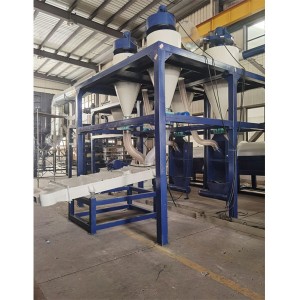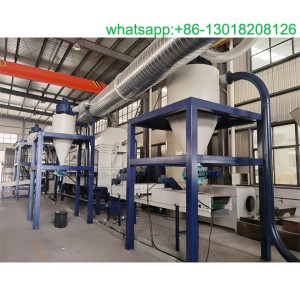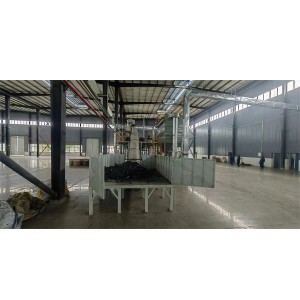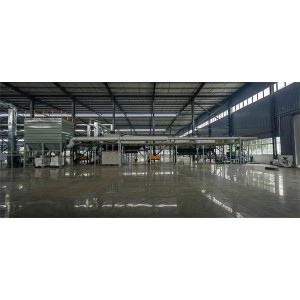lithium ion battery recycling equipment
Lithium-ion battery recycling equipment is specialized machinery designed to extract valuable materials from lithium-ion batteries for reuse in new battery production or other applications. The equipment typically involves several steps to separate and recover materials such as lithium, cobalt, nickel, copper, and aluminum from the battery cells.
The specific equipment used for lithium-ion battery recycling can vary depending on the size and type of batteries being processed. However, some common components of the equipment may include:
- Crushing and Shredding Equipment: This equipment is used to break down the batteries into smaller pieces to facilitate the subsequent extraction of materials.
- Mechanical Separation Equipment: This equipment is used to separate the different components of the battery, such as the anode, cathode, and electrolyte. Separation may be achieved through processes such as sieving, magnetic separation, and eddy current separation.
- Chemical Separation Equipment: This equipment is used to further refine the separated components through chemical processes, such as leaching or solvent extraction.
- Smelting or Refining Equipment: This equipment is used to recover the valuable metals from the separated materials, such as lithium, cobalt, nickel, and copper, through processes such as smelting or electrolysis.
- Waste Treatment Equipment: This equipment is used to treat the residual waste from the recycling process, such as the plastic casing and other non-metallic materials, to minimize environmental impact.
Overall, lithium-ion battery recycling equipment plays a crucial role in the sustainable management of lithium-ion batteries, helping to reduce waste and conserve valuable resources.
video please check the below link:
A plastic recycling and granulating machine is a type of equipment used to recycle plastic waste into granules or pellets that can be reused in manufacturing new plastic products. The machine typically works by shredding or grinding the plastic waste into small pieces, then melting and extruding it through a die to form pellets or granules.
There are different types of plastic recycling and granulating machines available, including single-screw and twin-screw extruders. Some machines also include additional features such as screens to remove impurities from the plastic waste or cooling systems to ensure the pellets are solidified properly. PET bottle washing machine, PP woven bags washing line
Plastic recycling and granulating machines are commonly used in industries that generate large amounts of plastic waste, such as packaging, automotive, and construction. By recycling plastic waste, these machines help reduce the environmental impact of plastic disposal and conserve resources by reusing materials that would otherwise be discarded.












